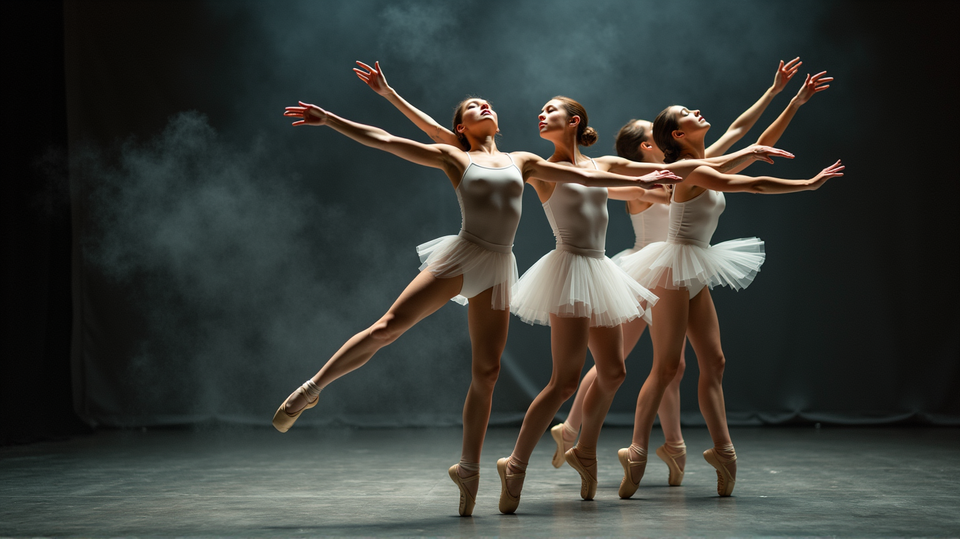The Unseen Struggles of Young Ballet Dancers: Pain's Role in Shaping Athletic Identity

A Delicate Balance: Ballet as Art and Sport
Ballet has long been revered for its elegance and artistic expression, yet beneath its graceful facade lies a rigorous physical and psychological challenge, especially for young dancers. According to Frontiers, ballet is both an art form intended to evoke emotion and a demanding sport that integrates precision, discipline, and strength.
Pain as a Cultural Norm
Pain in ballet is more than a physical sensation; it’s part of the culture. Young ballet dancers often start their journey during early development stages where their musculoskeletal growth and psychological identity formation occur simultaneously. The dance world sees pain almost as a rite of passage, a mark of dedication, suggesting that endures tenacity. Yet, this pain profoundly interacts with a dancer’s sense of self, especially their athletic identity.
Athletic Identity and the Pain Connection
In a recent 2022 study involving 44 American female ballet dancers aged 10 to 18, it was found that those experiencing pain reported stronger feelings of athletic identity — specifically in terms of exclusivity and negative affectivity. This suggests that pain may enhance their identification with the athletic role, but at what cost?
The Demand of Constant Training
Young dancers invest themselves into training regimes that extend beyond eight months each year, rarely affording themselves the luxury of an offseason. Interestingly, dancers experiencing pain push themselves even further, often training more intensively than their pain-free peers. This relentless dedication could potentially heighten their sense of identity tied solely to their abilities and achievements in ballet.
Prioritizing Rest and Recovery
These findings illuminate the pressing necessity for structured rest and recovery sessions in training schedules. For emotional and physical longevity in ballet, dancers must be educated on coping mechanisms related to injury, pain management, and handling performances that don’t meet expectations.
Supporting Young Dancers: A Call to Action
As ballet continues to captivate young hearts worldwide, the industry must champion a balanced approach that recognizes and respects the dual identity of dancers as athletes and artists. Providing comprehensive education on handling pain and emphasizing recovery can significantly support the well-being of these dedicated young artists.
In conclusion, understanding the relationship between pain and athletic identity in ballet dancers could pave the way for healthier, more supportive training environments. By acknowledging and adjusting to these interactions, we can ensure that the future generation of dancers flourishes both artistically and personally.




